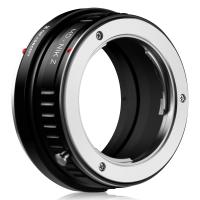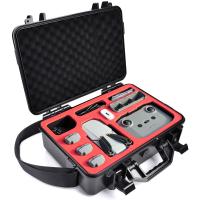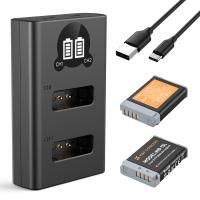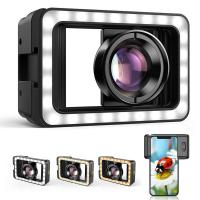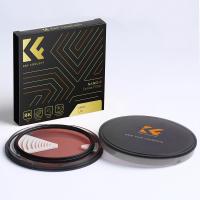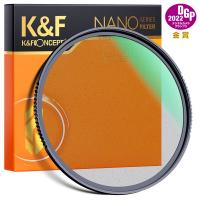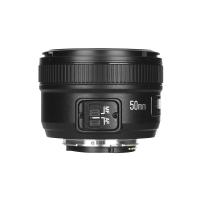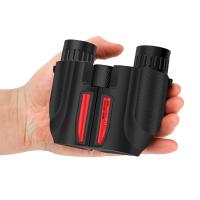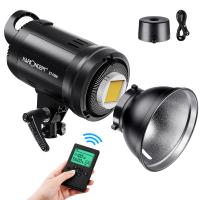What Is The Best Microscope For Coins ?
The best microscope for examining coins would typically be a stereo microscope with magnification capabilities ranging from 10x to 40x. This type of microscope provides a three-dimensional view of the coin's surface, allowing for detailed observation of its features and any potential imperfections. Additionally, a microscope with built-in illumination, such as LED lights, would be beneficial for enhancing visibility and highlighting fine details on the coin. It is also important to consider the working distance and field of view offered by the microscope to ensure comfortable and efficient examination of the coins.
1、 High-resolution digital microscope with adjustable magnification for detailed coin examination.
The best microscope for examining coins would be a high-resolution digital microscope with adjustable magnification. This type of microscope allows for detailed examination of the coins, enabling you to see even the smallest details and imperfections.
One of the key features of a high-resolution digital microscope is its ability to capture images and videos of the coins. This is particularly useful for documenting and analyzing the coins, as well as for sharing findings with others. The adjustable magnification feature allows you to zoom in and out, providing flexibility in examining different parts of the coin.
In recent years, there have been advancements in digital microscopy technology, leading to even higher resolution and more precise imaging. Some microscopes now offer features such as 3D imaging, which can provide a more comprehensive understanding of the coin's surface and structure. Additionally, there are microscopes with built-in lighting systems that enhance the visibility of the coins, making it easier to identify any flaws or unique characteristics.
When choosing a microscope for coin examination, it is important to consider factors such as the resolution, magnification range, ease of use, and compatibility with different devices. It is also worth considering the reputation and reliability of the manufacturer.
In conclusion, a high-resolution digital microscope with adjustable magnification is the best choice for examining coins. With its ability to capture detailed images and videos, as well as the latest advancements in digital microscopy technology, this type of microscope provides a comprehensive and precise analysis of coins.
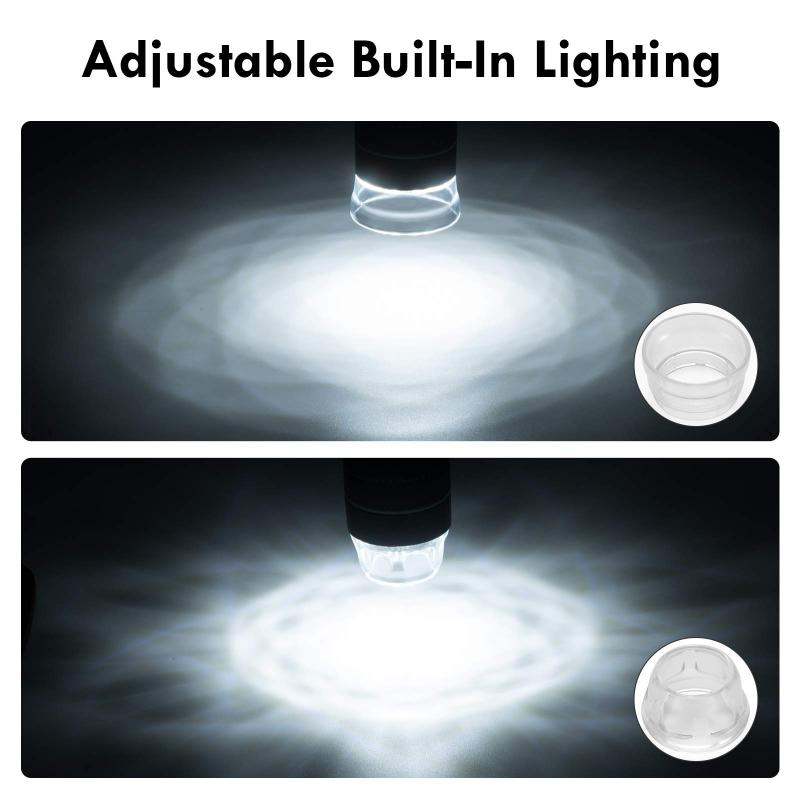
2、 Stereo microscope with built-in illumination for 3D visualization of coin features.
The best microscope for examining coins is a stereo microscope with built-in illumination for 3D visualization of coin features. This type of microscope offers several advantages that make it ideal for coin analysis.
Firstly, a stereo microscope provides a three-dimensional view of the coin's surface, allowing for a more detailed examination of its features. This is particularly important when studying the intricate designs and engravings on coins, as it enables the viewer to see the depth and texture of the coin's surface.
Additionally, the built-in illumination of this microscope ensures that the coin is properly lit, enhancing the visibility of its details. This is crucial when examining small and intricate features, such as mint marks or fine engravings, as it allows for a clear and accurate analysis.
Moreover, the latest advancements in stereo microscope technology have further improved the quality of coin examination. Some models now offer advanced imaging capabilities, such as high-resolution cameras and digital image processing, which allow for even more precise analysis and documentation of coin features.
Furthermore, the versatility of a stereo microscope makes it suitable for various coin-related tasks. Whether it's identifying counterfeit coins, grading their condition, or studying historical details, this microscope provides the necessary tools for a comprehensive analysis.
In conclusion, a stereo microscope with built-in illumination for 3D visualization of coin features is the best choice for examining coins. Its ability to provide a three-dimensional view, coupled with advanced imaging capabilities, ensures a thorough and accurate analysis of coin details.
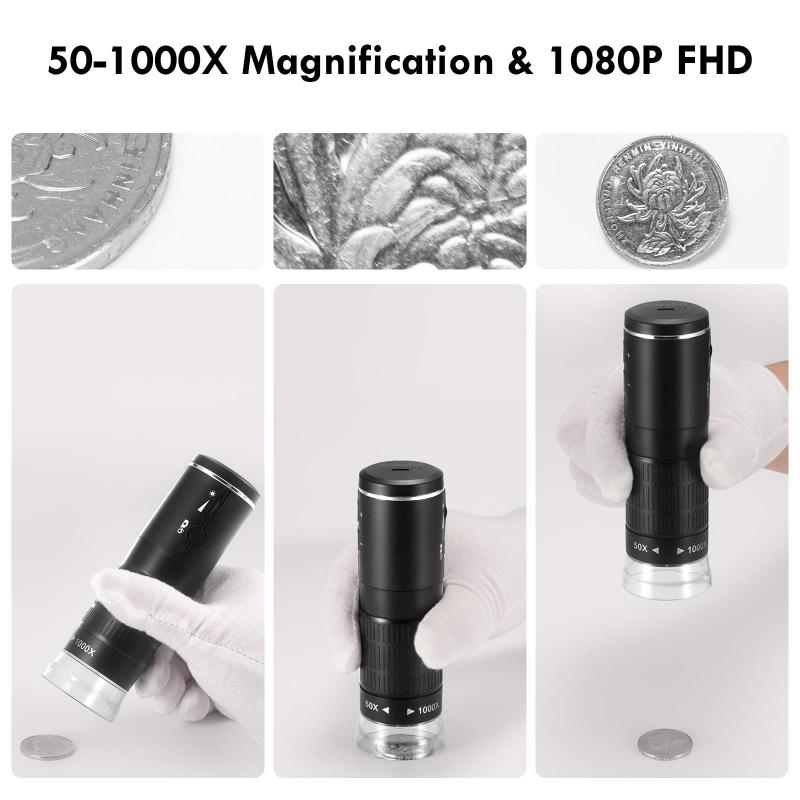
3、 Polarizing microscope for analyzing the optical properties of coin surfaces.
The best microscope for analyzing coins is a polarizing microscope. This type of microscope is specifically designed to analyze the optical properties of various materials, including coin surfaces. By using polarized light, this microscope can reveal important details about the composition, structure, and surface features of coins.
Polarizing microscopes are equipped with polarizers, which allow the light to pass through the sample in a specific orientation. This helps to enhance the contrast and visibility of different features on the coin's surface. By rotating the polarizers, the microscope can provide valuable information about the crystal structure, texture, and any potential defects or alterations on the coin.
In recent years, advancements in polarizing microscope technology have further improved the analysis of coin surfaces. For example, some modern polarizing microscopes are equipped with digital imaging capabilities, allowing for high-resolution imaging and documentation of the coin's optical properties. This can be particularly useful for research, authentication, and grading purposes.
Additionally, some polarizing microscopes now offer advanced software features that enable automated analysis and measurement of various coin parameters. This can save time and provide more accurate results when examining large quantities of coins.
Overall, a polarizing microscope is the best choice for analyzing the optical properties of coin surfaces. Its ability to reveal important details about the composition, structure, and surface features of coins makes it an invaluable tool for numismatists, researchers, and collectors alike.
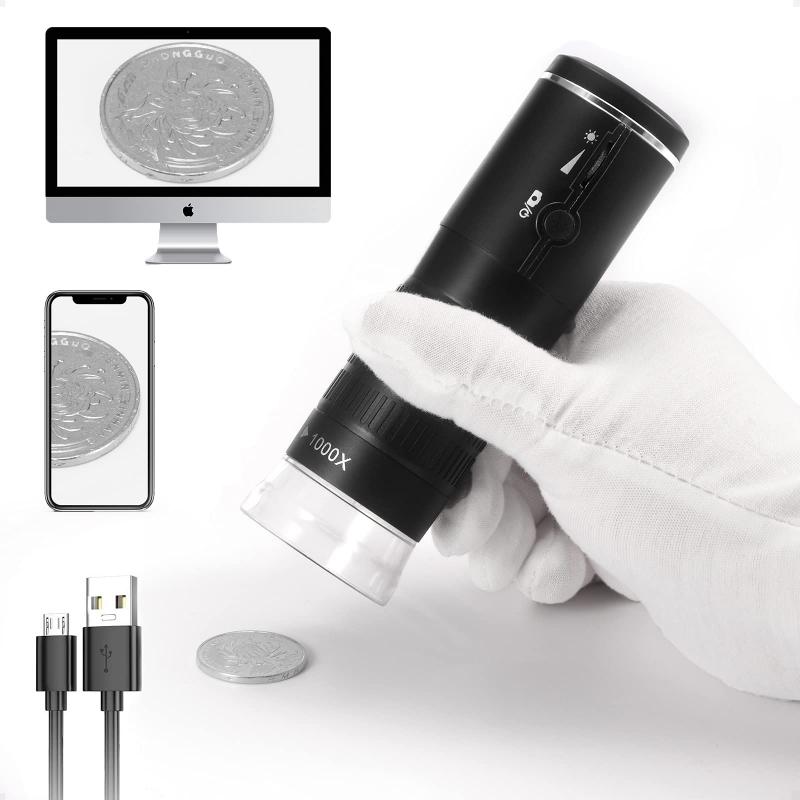
4、 USB microscope with image capture capabilities for easy documentation of coin details.
The best microscope for examining coins would be a USB microscope with image capture capabilities. This type of microscope allows for easy documentation of coin details, making it ideal for coin collectors, numismatists, and researchers.
USB microscopes are compact and portable, making them convenient for use in various settings. They can be easily connected to a computer or laptop via a USB port, allowing for real-time viewing of the coin's surface on a larger screen. This feature is particularly useful when examining small details or intricate designs on coins.
The image capture capabilities of a USB microscope enable users to capture high-resolution images of the coins. These images can be saved for future reference, shared with other collectors or experts, or used for documentation purposes. This is especially important for accurately identifying and cataloging coins, as well as for detecting any potential counterfeit or altered coins.
Furthermore, the latest USB microscopes often come with advanced features such as adjustable magnification levels, built-in LED lighting for enhanced visibility, and even measurement tools for precise analysis of coin dimensions. Some models also offer video recording capabilities, allowing for a more comprehensive examination of the coin's surface.
In conclusion, a USB microscope with image capture capabilities is the best choice for examining coins. Its compactness, portability, and ability to capture high-resolution images make it an essential tool for coin collectors and researchers. With the latest advancements in technology, USB microscopes continue to improve, providing even more convenience and accuracy in coin examination and documentation.
























